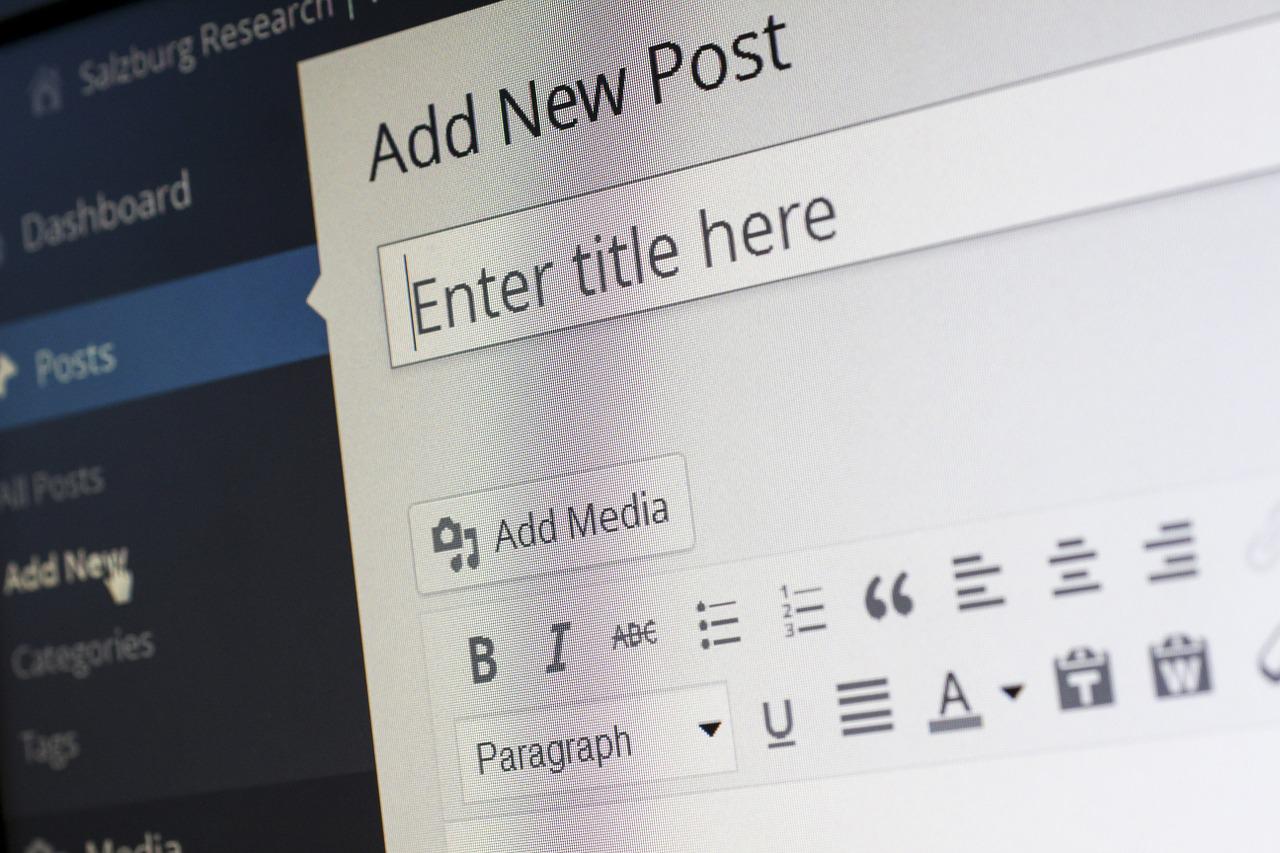How (and Why) to Do Copenhagen Planks
We last saw Copenhagen planks in our rundown of the best bodyweight exercises that actually build strength. But it’s an under-appreciated exercise, and deserves a spotlight of its own. The Copenhagen plank looks a bit like a side plank:...


Photo: Bucchi Francesco (Shutterstock)
We last saw Copenhagen planks in our rundown of the best bodyweight exercises that actually build strength. But it’s an under-appreciated exercise, and deserves a spotlight of its own. The Copenhagen plank looks a bit like a side plank: You’re leaning on your hand or elbow, other arm away from the ground, trying to hold your body in a rigid position. But what makes the Copenhagen special is that you do not rest your feet or knees on the ground. No, you place one leg (your top leg) on a bench. This means you need to use the inner thigh muscle on that top leg to hold yourself up. It is a killer leg exercise, and it has benefits beyond just adding variety to your routine.
What are the benefits of the Copenhagen plank?
This exercise got its name (and its mild popularity) from research out of Denmark that showed it helps to prevent groin pulls in athletes. Our inner thigh muscles, called the hip adductors, are responsible for pulling our legs in toward each other. Many of the muscles in this group are thin and can be prone to tears or strains (“pulls”), so the researchers used this exercise to strengthen the adductors.
It worked: Programs including this “Copenhagen adductor exercise” made male soccer players’ adductors stronger, and while it’s not a silver bullet for preventing groin strains, it seems to help.
In addition to strengthening the adductors, the Copenhagen plank also contains the elements of a normal side plank, meaning it has a side effect of strengthening a variety of core muscles, including your obliques. Even your abductors, the muscles on the outsides of your hips, seem to get a little bit of a boost from training this exercise.
G/O Media may get a commission

60% off
Jachs NY Fall Sale 60% Off
Styles starting at $29
Layer up with Jachs NY’s fall sale—60% off fall styles. Shirts start at $29, and with the promo code, you can curate a whole layered look.
Use the promo code FALL60
(And yes, those two words are very similar. Abductors bring your leg away from your body, just like an alien abduction takes a person away from Earth. Adductors bring your legs in toward your midline; the two letter D’s in the middle may help you remember that they bring the legs together.)
How exactly do I do a Copenhagen plank?
The basic idea is to support your upper body on your forearm or hand, while your leg is supported on a bench or another object. In team practices, a partner can stand up and hold your leg while you’re doing the exercise.
Start with as much of your leg on the support as possible. In order of easiest to hardest, the progression goes:
Knee or thigh on the benchShin or foot on the benchDipping the hips toward the ground and back up, repeatedly (This can be done in either position.)While planks are often done for increasingly long periods of time, you don’t have to take that approach to get the benefits out of the Copenhagen plank. Try a 10-second hold, repeated three times with rest in between as needed. When that gets easy, try a harder variation.
What if I can’t do a Copenhagen plank?
If you can’t do any of the versions above, even the one with your knee on the bench, one way to modify is to keep your free leg on the ground. Lift your hips mostly with the top leg, but use some support from the bottom leg to help.
If you’re still not comfortable with that, you may need to do side planks (from the knees is fine) to build up your core strength, and look elsewhere for adductor exercises. This banded adductor exercise is a good place to start, and you can also do single-leg movements like step-ups to work the adductors alongside other leg muscles.

 Lynk
Lynk 
































